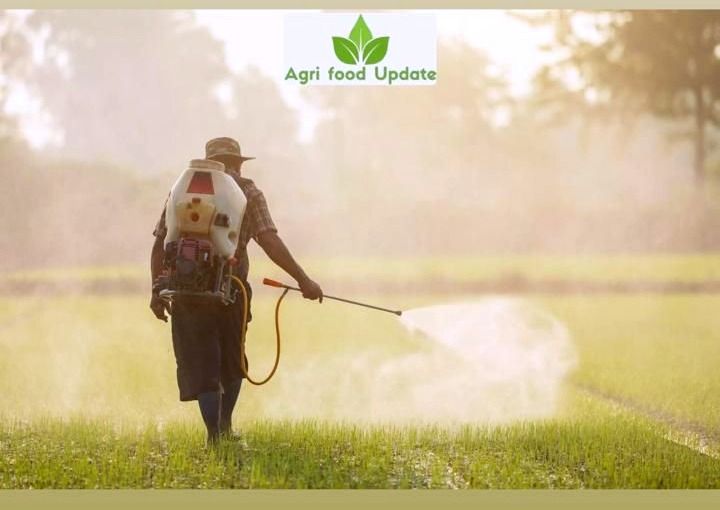
India’s agrochemical exports hit USD 3.3 billion in FY25, nearly tripling from USD 1.3 billion in FY15 — positioning us behind only China and the U.S. in this domain.
This milestone reflects not just export growth, but the rising strength of India’s agricultural input ecosystem. Key highlights:
• The domestic agrochemical market is valued ~ ₹69,000 crore for FY24, with export and domestic formulation nearly balanced (51% vs 49%)
• Insecticides, herbicides, and fungicides dominate segments, while biostimulants & seed treatment show emerging promise
• Eight major crops (rice, cotton, wheat, soybean, chillies, grapes, sugarcane, gram) contribute ~65% of the domestic market demand
• Leading states: Maharashtra & Goa; Andhra Pradesh & Telangana; Madhya Pradesh, Karnataka, UP/ Uttarakhand, Tamil Nadu & Kerala; Gujarat contributing ~5%
To sustain momentum, the Agro-Chemicals Federation of India (ACFI) has proposed:
1. A Production-Linked Incentive (PLI) scheme for the agrochemical sector
2. Tax holidays to reduce import dependency for key molecules
3. Strengthened public-private collaboration in R&D
4. Support to MSMEs in manufacturing and innovation
⸻
🔍 What this means for India and the world
• Reduced dependence on imports for critical agrochemical inputs
• Opportunity for India to become a global manufacturing hub
• Increased R&D & innovation, especially in sustainable chemistry
• Growth potential for MSMEs and decentralized production
I believe this development underscores how strategic policy support, innovation, and collaboration can transform an industry. As India charts this trajectory, it’s a call to stakeholders — government, industry, academia — to double down on enabling ecosystems.
Let’s drive India’s agrochemical future together! 🌱


